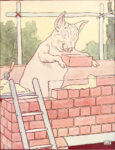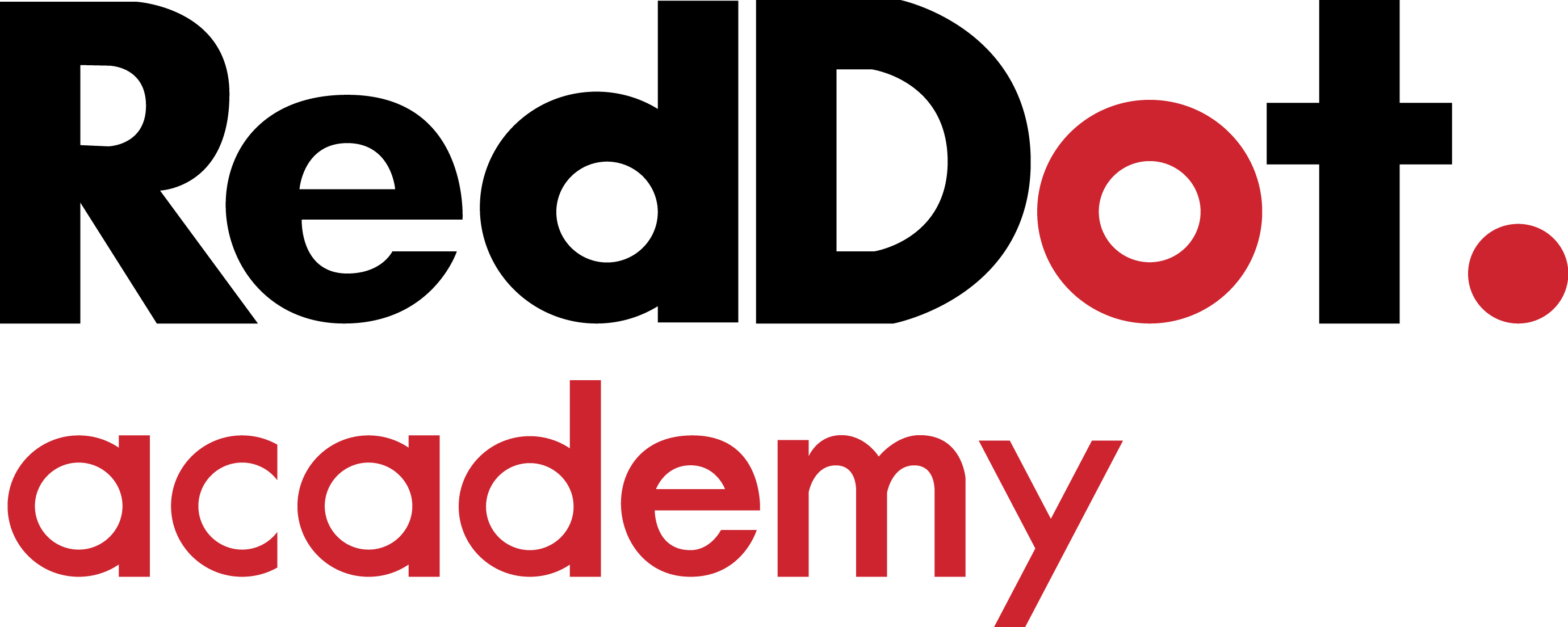THBT fairy tales have a negative influence on young children.
Part 6 of 6
The debates we engage in should not end after the final bell is rung.
-
Facebook
-
Twitter
-
Whatsapp
This is the final installment of a six-part series which looks at how debate topics from the 2018 Singapore Secondary School Debate Championships (SSSDC) 2018 relate to Singapore’s society today.
After the judges have rendered their verdicts, the pens & cards are packed away and the journey home begins, our minds and thoughts should still be filled with the words we spoke and heard during the hour of spirited argumentation. Why?
Because debaters will grow up to be the movers and shakers of tomorrow. You will be our leaders, our lawyers and our social levellers. Yours will be the voice for those who have none and yours is the will that brings change to our society.
We should thus relish every opportunity to consider how the topics that we discuss in the abstract will come to have a concrete impact on the real world that we live in.
In this regard, RedDot Academy is pleased to bring you “After the Bell,” a series of reflections on how issues within our debate motions impact our own little Red Dot of Singapore.
We are proud to introduce our guest contributor: Tan Teck Wei. Teck Wei is actively involved in the European debate circuit as he pursues his degree in Philosophy, Politics and Economics (PPE) at Oxford University. He captained the Singapore National Debate team in 2013, (Singapore finished in 3rd place), is an alumni coach and a distinguished adjudicator in Singapore and European Debate Circuits.
For most of us, when we think of fairy tales, we think of stories from faraway Europe, perhaps brought to life by talented animators under the umbrella of Walt Disney: Snow White and the Seven Dwarfs, Cinderella, or Sleeping Beauty. However, that does not mean we do not have local folk tales, myths, and legends, which are equally fascinating.
You might know the story behind the name of the ‘Redhill’ neighbourhood along the East-West MRT line. I learnt about this during my days as a schoolchild. It was said that the coastline of Singapore used to be infested by swordfish, which struck fear into the hearts of many, until a young boy suggested building a wall of banana tree trunks to trap the swordfish. The plan worked, but the boy was subsequently murdered by the local Sultan in a fit of jealousy. His blood stained the hill red, and so the entire area has since been known as Redhill (or Bukit Merah in Malay) in remembrance of the tragic hero.
When we think about the influence of stories like these on our young children here in Singapore, we need to consider whether simplified storylines are always bad, and how they fit in with the other types of messaging young children are exposed to.

Question 1: Are simplified storylines or “narratives” always bad?
Fairy tales are often easy to understand for young children, so they can grasp the ‘moral of the story’. While adults might find this unrealistic, we should not forget our audience, and think about the best ways to communicate with them.
For example, the story of the Three Little Pigs helps children understand the importance of a task well-done. It can make the difference between being safe, and becoming the wolf’s next meal! It is hard getting children to focus on their tasks – like schoolwork, chores, or extracurriculars – so this story is especially powerful in teaching an important life lesson.
Similarly, the story of Cinderella teaches children to be gracious even in the face of mistreatment and cruelty, because she was eventually rewarded for her good character by the fairy godmother.
In fact, even as we grow older, we constantly need to cater our medium of communication to the audience we are trying to reach. In school, your essay introductions, or thesis statements, should be short and sweet. In the workplace, your ‘elevator pitch’ should convey the key points in 30 seconds or less; the idea being, what you would say to your boss if you only had the duration of an elevator ride to persuade them of your ideas.
However, while simplicity is sometimes a virtue, we should be careful not to let the pursuit of simplicity distract us from the bigger picture. Simplified narratives can lead us to ignore the inconvenient truths around us, rather than confront these facts.

Singapore has always strongly emphasised the importance of racial harmony, and so characters of all racial backgrounds are well-represented in local media and literature. However, racial biases are still very real, like in the housing rental market, where landlords notoriously express preferences against certain racial groups based on unfair racial stereotypes.
Likewise, we are all appreciative of Singapore’s strong economic position and high per capita GDP, but just because the economy is booming, this should not lead us to conclude that poverty is minimal or non-existent in our society.
How does this relate to our discussion? Fairy tales are one form among many that uses a simplified narrative to convey its message. When deciding whether to adopt a simpler approach, or a more detailed counterpart, we should consider the needs of our audience, as well as the type of discussion we are trying to have.
Question 2: What kind of subliminal messaging are young children exposed to everyday?
Even if fairy tales are not perfect, that does not mean children should not be exposed to them; if parents take good care, children might pick up the ‘good bits’ and ignore the ‘bad bits’.
However, the danger is that fairy tales look so innocuously designed for children that parents think they must be safe, and let their guard down. Compilations of fairy tales come with illustrations and large text, and contemporary Disney movies like Tangled or Frozen are not rated M18 or NC16 by the Media Development Authority. This gives such books and movies the appearance of being ‘child-friendly’ entertainment.
Even if these stories are not gratuitously or overtly bad (especially compared to the original versions of many fairy tales!), that does not mean the subliminal messaging behind fairy tales cannot be inappropriate, or even sinister.
For instance, in most fairy tales, the protagonist is portrayed as a beautiful princess, or a handsome prince, while the cruel, evil villain is traditionally ugly. This contradicts another message we often tell our children: that looks do not matter as much as the people we are inside. Fairy tales might, deliberately or otherwise, teach children to associate goodness with outer beauty, lowering their self-esteem.
In fact, before more recent movies like Tangled or Frozen hit the big screen, female characters were overwhelmingly ‘damsels in distress’ who needed saving by their male counterparts. Their role in the ‘happily ever after’ was reduced to finding the love of their life. Criticism of the genre has led to the introduction of stronger female characters – Princess Fiona (Shrek), Elsa (Frozen) – but this highlights the importance of viewing fairy tales with a critical eye.
Finally, subliminal messaging might influence children’s behaviour for the worse. Most fairy tales reward the characters seen to be ‘good’, while punishing characters who are ‘evil’. This reinforces the concept of moral desert, which says that bad people ‘deserve’ in some way the comeuppance they receive, and vice versa for good people.
While this sounds fair at first glance, the real world is harshly unforgiving, so many people suffer misfortune in their lives without necessarily being bad people. In many societies, the response is not to sympathise, but to condemn these individuals as being deserving of their plight in some way. The belief in moral desert is sometimes so strong that even these victims internalise their misfortune by attributing it to perceived misdeeds on their part.

However, to create a more charitable and sympathetic society, it is dangerous to think that the victims of misfortune are responsible for their own plight, or that we should take justice into our own hands against those who have been less-than-kind.
Not every child will come away from the cinema or the library with these ideas in their mind, but it is important they learn the ‘correct’ moral of the story. Fairy tales have the potential to be a positive or negative influence, and we should be appropriately vigilant when it comes to the influences we expose our children to.
Thank you for reading! Want more? Read the rest of this series below!
